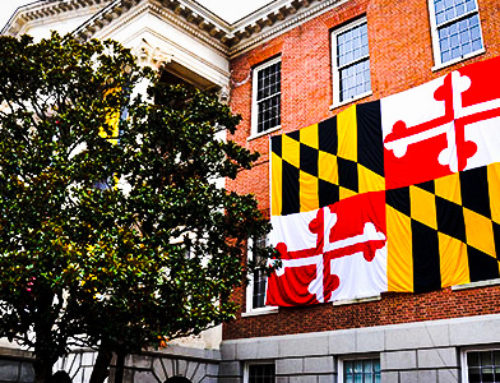View by Topic
Recent Articles
-
President Trump’s Bold Step to Rein in State Overreach in Climate ChangeSaturday, April 12th, 2025
-
Mandatory GHG Disclosures in Maryland Real Estate ContractsSaturday, April 5th, 2025
-
NYC Building Electrification Ruling is Interesting But Not a Game ChangerSaturday, March 29th, 2025
-
Greenpeace Ordered to Pay $667M in Blow to ActivismSaturday, March 22nd, 2025
-
The Most Consequential Day of Environmental Deregulation in American HistorySaturday, March 15th, 2025
View by Month/Year
“Green Building Law Update” Headlines
Recent Articles & News from
Stuart Kaplow’s blog
at GreenBuildingLawUpdate.com
- President Trump’s Bold Step to Rein in State Overreach in Climate Change April 13, 2025
- Mandatory GHG Disclosures in Maryland Real Estate Contracts April 6, 2025
- NYC Building Electrification Ruling is Interesting But Not a Game Changer March 30, 2025
- Greenpeace Ordered to Pay $667M in Legal Blow to Environmental Activism March 23, 2025
Subscribe to the Green Building Law Update!
Stuart Kaplow brings his expertise and extensive experience to the table with his unique digital publication, "Green Building Law Update". Subscribers receive regular updates to keep them informed about important issues surrounding Environmental Law, Green Building & Real Estate Law, as well as the emerging demand for Environmental Social Governance (ESG).
Get fresh content through the lense of Stuart Kaplow's cutting-edge expertise, innovative commentary and insider perspective. Don't miss another issue! Subscribe below.
Easement To The Shore Does Not Assure Riparian Rights
This dispute offered the Maryland appellate court an opportunity to provide guidance on a previously unsettled matter of riparian rights. Does a deed conveying an easement for ingress and egress to the Calvert County shore of a navigable river, in this case the Patuxent River, convey riparian rights?
“A riparian owner is one who owns the land bordering upon, bounded by, fronting on, abutting, or adjacent and contiguous to and in contact with a body of water, such as a river…”
Those who have riparian rights may make such structures as wharves, piers, and landings that are connected to the waterfront land and built out from the water.
This dispute is essentially whether or not the easement for ingress and egress to the waterfront carries with it the right to construct a pier?
In Paul A. Gwynn, et al. v. Dorothy V. Oursler, et al., the court found the easement does not carry with it an implied riparian right to water access.
The court looked to the deed of easement and its express language “for ingress and egress only.”
While noting that there had been a dock at the end of the easement area in 1957, when the easement was conveyed, the court was more impressed that the feuding family members both had river access from points other than this shared easement created a generation ago by the families.









